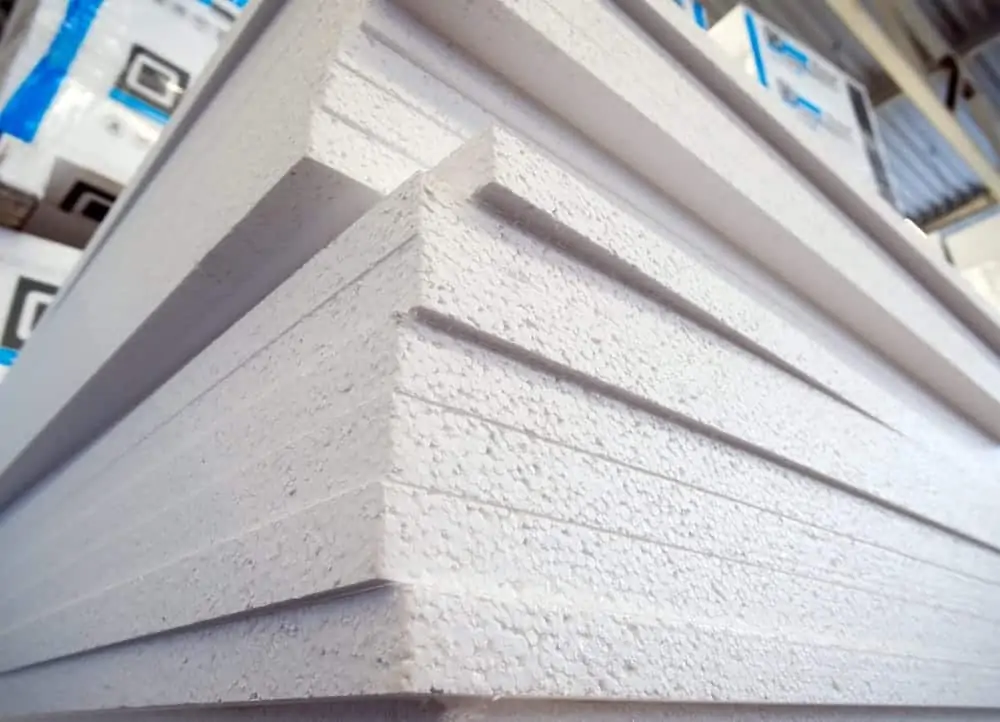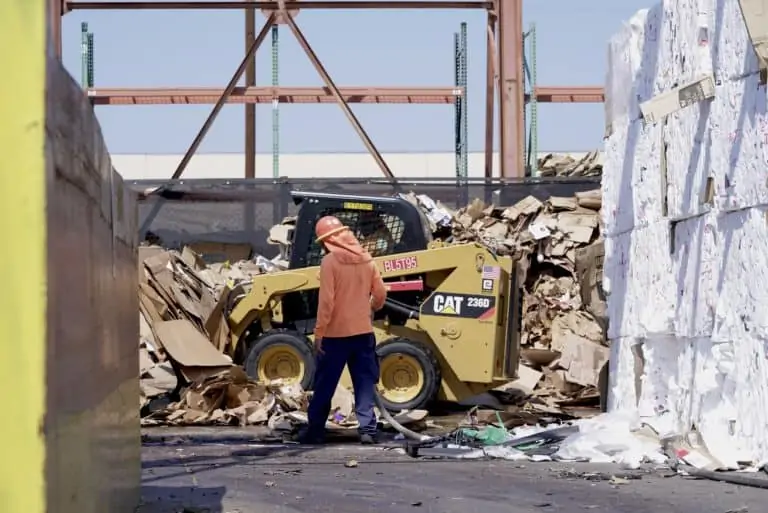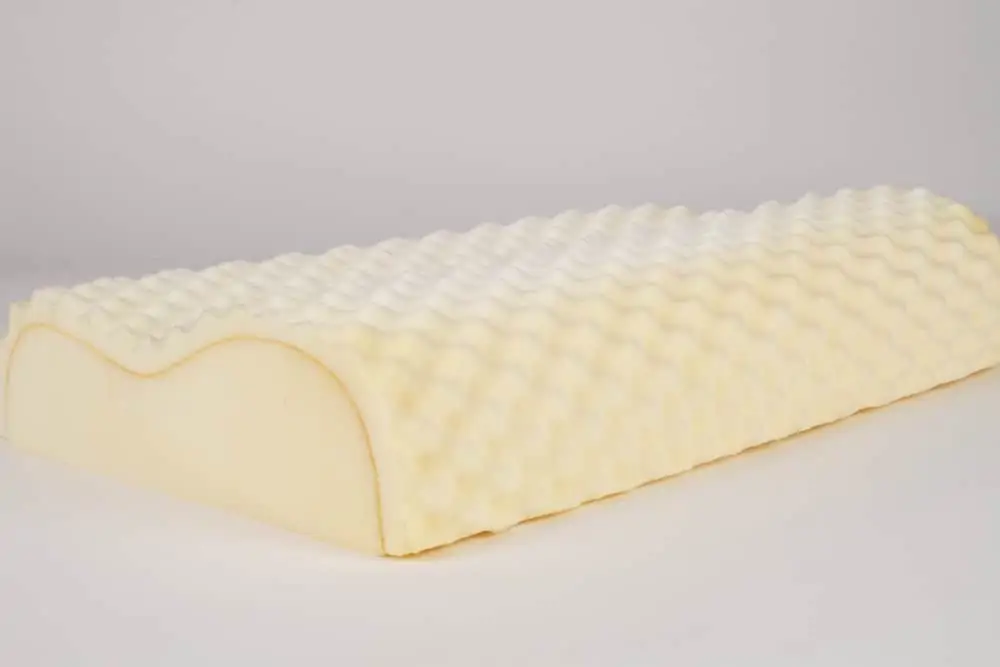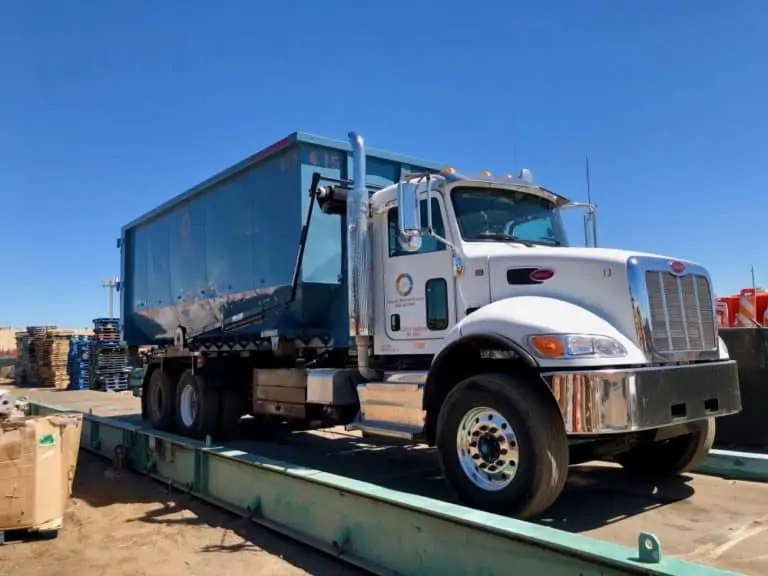Foam Fabrication Plant Recycling
In 2018, more than 113 million pounds of Expanded Polystyrene Foam (EPS) was recycled. A majority of this material—74.1 million pounds—comes from foam fabrication plants that recycle scrap foam. Scrap foam is created during the fabrication process. EPS is just one grade of foam that is recyclable.
Foam fabrication plants cut large buns and blocks of foam into smaller pieces. The smaller units of foam are used to make products like furniture, bedding, packaging, and more. Any foam that isn’t used in manufacturing products becomes recyclable scrap foam.
Keep reading to learn foam recycling facts, tips, and Generated Materials Recovery’s foam recycling solutions.
Table of Contents

Common Materials Recycled in the Foam Fabrication Industry
The type of foam determines the recycling method.
There are three primary grades of recyclable foam that foam fabrication plants generate:
PU Foam
PU Foam is commonly used due to its durable, closed-cell structure. This type of foam is biodegradable in both direct and indirect sunlight. Products made with PU Foam include insulation materials, such as insulated containers and insulation foam.
EPE Foam
EPE Foam is the most common foam fabricating material because of its flexibility and shock absorption properties. Polyethylene Foam is used as protective padding material—primarily in the automotive industry.
EPS Foam
EPS Foam is used to create a diverse number of products. For example, EPS Foam can be used for padded slippers as well as filter foam in AC units.

Preparing Foam Fabrication Plant Materials for Recycling
Properly preparing and consolidating foam for recycling shipment is critical. Not only does this ensure the foam materials are recycled correctly, but importantly it reduces the cost of shipping the materials.
Each type of foam must be compressed before it is shipped for recycling due to the lightweight nature of the foam. Shipping foam materials without compressing them increases the costs exponentially.
PU Foam must be baled for compression before it is shipped. Conversely, EPE and EPS Foam materials must be densified, and EPE and EPS Foam are shipped in cold-pressed logs or hot melt patties, not in bales such as with PU Foam.
Foam Collection and Transportation Equipment
When transporting your foam materials to its facility, GMR prioritizes flexibility to avoid any disturbance to your business.
GMR deploys and installs balers at its client’s sites to compress the loose foam material and a van trailer to load the material and transport it offsite to be recycled.

Grades of Foam GMR Can Recycle
- PU Mattress Quilt Foam: this type of foam can consist of polyurethane foam attached to fabric
- PU Memory Foam: this foam, also known as Visco, is commonly found in pillows and mattress toppers
- PU Prime Foam: this foam grade mainly consists of clean Ether Foam. It is scrap foam trimmings generated as a by-product of the manufacturing and fabrication process.
- Post-Consumer Prime Foam: this foam is stripped from old mattresses in the de-manufacturing process.
While these are just a few types of foam grades that GMR handles, there are many more that the team has experience recycling.
The GMR Difference
The team at Generated Materials Recovery (GMR) has over 20 years of experience helping businesses recycle foam products. By focusing on manufacturing and industrial companies, GMR has a comprehensive understanding of your recycling needs of your foam fabrication plant.
When partnering with GMR, we will survey your needs, including how many pounds of foam you produce per month, and unseated your plant’s unique parameters to create a tailored recycling solution to achieve your zero waste to landfill goals.
GMR handles grades of recyclable commodities few other companies would touch, and they help us reduce our monthly expenses.
Warehouse Manager
How Can We Help You?
Fill out our contact form to schedule a time to talk with us about how GMR can help your company to increase recycling revenue, achieve sustainability goals, and meet efficiency targets.
Corporate Office and Materials Processing Center
3444 N. 27th Ave. Phoenix, Arizona 85017
(602) 353-9411
Sales & General Information
info@generated.com
Dispatch (current clients only)
dispatch@generated.com

